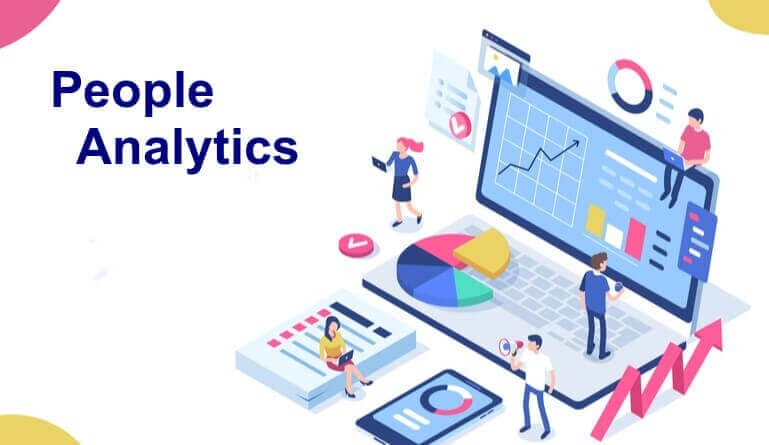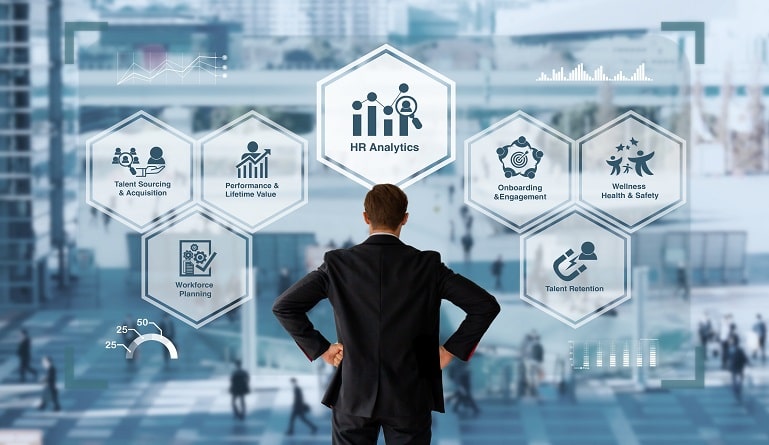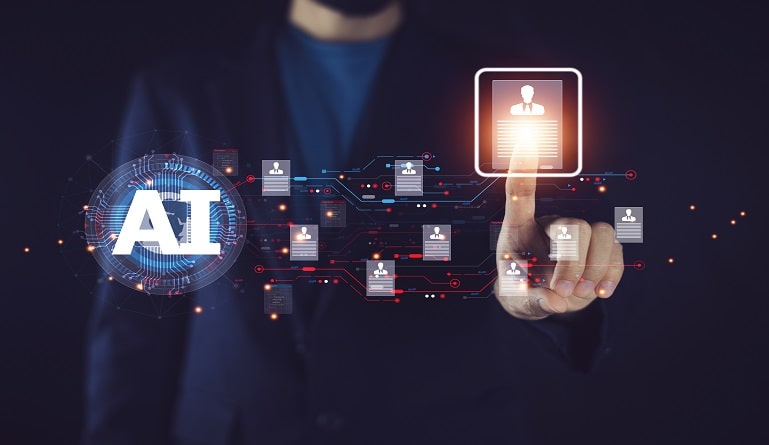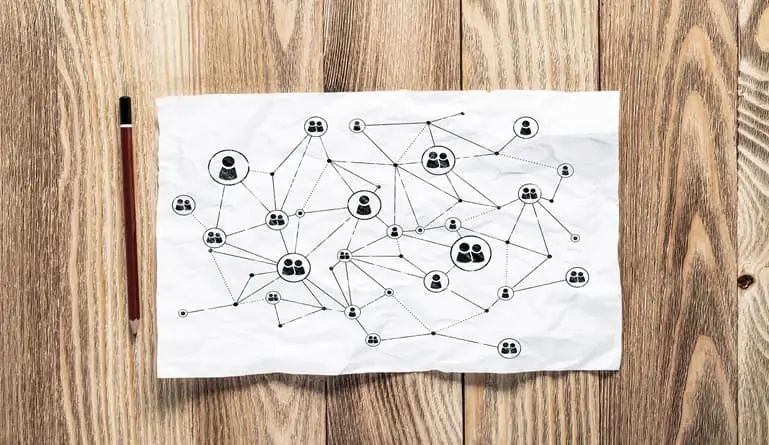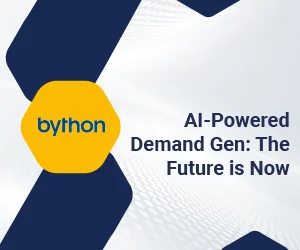People Analytics can also be referred to as HR analytics. The gathering of information about people is typically used by Human Resource professionals to help gauge performance and team fit. This can also help determine hiring decisions before potential candidates are brought into the company as well as measuring a current employee’s potential into a new role.
While it isn’t possible to measure a person’s emotion, personality, or intangibles, it is possible to measure a person based on their process, performance, success, and challenges. This measurement is a deep dive into data that can help determine a person’s habits and measure their ability to work in a business.
By studying people, it’s possible to showcase their strengths and work on their weaknesses in order to elevate themselves as well as the company. This will lead to sustained business health and success as well as in the industry as a whole.
Three Types of Talent-Related Data
-
People data
This type of data is measured with demographics, skills, and engagement. These can be used to analyze candidates and potential employees for promotions.
-
Program data
These analytics can be used to measure events such as attendance, system adoption, participation within training programs, growth in leadership development, and key outcomes of projects.
-
Performance data
Being able to rate the performance and capture data of tools and resources can prove very valuable for assessments and succession programs.
Importance of People Analytics
Being able to measure People Analytics is important because it can benefit companies of all sizes. These analytics can be tweaked to fit in the system of a mid-size to small size business who is looking for deeper insight into how to grow. This deep-dive into their analytics can help improve their workforce from within and bring in the top candidates that fit the company’s mold.
( Also Read: 15 Ways People Analytics Can Improve Workforce Diversity )
The Process of People Analytics
People Analytics grows more predictive and innovative, it’s important to update and adapt to the following steps to improve the overall process.
-
Data is relevant
During the initial step of analyzing people, it’s important to recognize which data is the most relevant to the business. This helps when setting KPIs to target necessary goals right away.
-
Use experiments to enrich
When using analytic tools, it’s important to experiment with new processes, explore new avenues, and enrich your current staff. Using this step helps boost team morale, offers new features that weren’t thought of previously, and creates a friendly user experience.
-
Create a plan of action
Once an end goal is in its sights, it’s easier to hit certain targets to get there. When looking at the big picture, steps to get there are easier to accomplish. Once this plan is established a clear path for organizational and industrial success is created.
-
Pay attention to the legal fine print
Making sure to stay within legal compliance will always be important for an organization and the people involved. Data and information collected will have to be scanned and analyzed to make sure everything aligns legally.
-
Streamline your systems
It’s important to explore, enrich, and experiment, however, a well-formulated plan can also fail if it isn’t simple enough to execute. By having a simple version of it, the base foundation of the plan can help set up minimums and the groundwork for measuring data in the future.
-
Make your HR strategy measurable
When analyzing people and implementing a system, it’s important to be realistic. This helps avoid functional silos and align candidates to the business and business model easily. By having clear fact-driven data, analyzing becomes a powerful tool.
-
Involve technology teams
Technology is such a prominent tool in our society and can help assist with gathering, analyzing, and distributing data. It’s important to utilize all features in order to gather more precise data as well as freeing oneself up for more tasks that aren’t being handled by other technology.
What are the Benefits of People Analytics?
-
Strong decision making
People Analytics helps people make sound decisions that will benefit themselves, their companies, and their industry.
-
Better retention
By creating a system for employees to meet, will help keep interested workers as well as weed out those that don’t fit the needs of a company.
-
Accountability
Having this system in place gives every worker accountability for their actions and tasks in order to see if they are fulfilling the needs of the company.
-
Remove silos
In order to give people a better diverse workflow, it’s better to not funnel employees into one silo and to give them tasks that help build multiple skillsets.
-
Employee satisfaction
When employees are hitting their marks and exceeding expectations, it’s better for the team and company morale.
-
Hire better talent
When using Human Resource Analytics for candidates, it’s easier to determine if a potential worker is a fit for the company or not.
-
Obtain efficient sourcing pools
In addition to the point above, this will help create a better job pool for positions by only pulling in quality potential candidates.
-
Secure HR support
By creating a system that works, the company will see HR as a viable resource and rely on them for future projects and business development.
-
Clear time management
Once an established plan is followed, this can help save time for measuring people and improving business processes in the future.
-
Acquire talent effectively
By creating a diverse source pool for positions, a company is also taking in stronger candidates for positions and will lead to more potential strong candidates in the next hiring sequence.
-
Increase employee growth and experience
As employees work in a company, their experience will grow, and their skill sets will develop. This will lead to a stronger workforce in the business and industry overall.
-
Reduce turnover
By implementing stronger metrics for analyzing data, employees will be more successful in roles that suit them and also promote inside promotions to new positions.
-
Improve training programs
As workers become more successful and gain new responsibilities, training new employees or adding to leadership development programs will become easier.
Challenges in People Analytics
-
Design models carefully
If People Analytics implementation isn’t done correctly, it can re-institute biases that were otherwise neglected without a proper system.
-
Ensure reliable data sources
It’s important to note that sometimes the numbers aren’t always reliable. It’s also important to realize that data can be measured incorrectly as well.
-
Gain people analytics experience
Some HR departments aren’t as experienced with People Analytics(1), so that may be another challenge for a company to go through. Once this department is able to work with other teams and develop this data, it will work better for the company.
People Analytics Implementation
-
Create data-based decision-making mechanisms
By creating a data-based decision-making system, a company can create a culture surrounded by data, analyzing information, and test applications. This helps encourage innovation, toleration of mistakes, and emphasizing learning.
-
Guide through questions and uncertainty
It’s important to address items that are areas of improvement for a company in order to use data to guide them towards success. By looking into areas of improvement, a company can strengthen its weaknesses and improve upon their already established success.
-
Manage your data
When beginning to take in a lot of data, it’s important to be able to organize it. Without data management, it is difficult to look back at previous data and look to future ways to improve upon that data.
-
Take action around results
People Analytics and information are a pathway to seeing what needs to be improved and taking action upon it. Sometimes the path towards that eventual success isn’t as clear, so being able to understand that data and put it to use is a way to implement People Analytics into the workspace.
-
Diversify your pool of analytical tools
It’s important to be able to diversify analytical tools, metrics, and KPIs in order to discover possible new solutions for problems. This can lead to creative ways to improve performance and find a possible quicker and efficient method to reach success.
-
Collect efficient research
By collecting efficient data, this will ensure that the method is working towards being properly implemented.
-
Turn data into action
Putting the necessary steps into implementing data change in the workplace will be an important way of justifying an emphasis on people analytics for a company.
-
Implement continuous feedback channels
Continuing the conversation about analyzing people, using performance data, measuring KPIs and an overall work of human resource data will drive productivity and success towards a business. The data collected is a story that can help drive towards new goals and objectives.
-
Monitor for compliance
With new people coming in and out of this system alongside the growing skillset and responsibilities of other people in a company, it will be a constant challenge to stay acclimated to legal compliance.
-
Set realistic expectations
When working with people, it’s important to realize the variance in doing so. This variance can relate to people’s intangible, personalities, and emotions, so it’s vital to look into realistic expectations from humans in the workplace.
People Analytics in 2020 and Beyond
Analytics has a strong potential for reforming and improving HR functions. As times progress, it will become an important tool for companies to scale their business, improve employee workforce, and leadership development.
In 2020 and beyond, it will become incredibly important for employees to work on sourcing for their talent pool. By using strong analytical tools and measurements, a company can eliminate candidates that may not be a fit very early. This gives recruiters more time to scan for potential high skill potential candidates and use advanced metrics to find out if they are a fit.
This will also give HR specialists and recruiters better outreach, communication, and engagement tools to reach the best candidates. By using advanced techniques for analyzing people’s data, will help with the screening process and can possibly automate.
Once implemented into a system as well as being possibly a candidate/employee for a company, this data can help recruiters post-recruitment as well.
Moving ahead of 2020, it will be important to note that the performances for all employees will be a factor in terms of a company’s overall value. The best way to measure everyone’s performance will be sufficient data relating to their performance and KPI’s.
This will give leadership insight on areas of improvement on teams and departments, as well as being able to highlight strengths from others.
***
Miguel Pobre is a freelance content creator based in Portland, OR. He graduated from the University of Oregon with a Bachelor of Arts Degree in Journalism and a minor in Business Administration. Alongside writing, Miguel has a passion for photography and design. Connect with him on LinkedIn.


